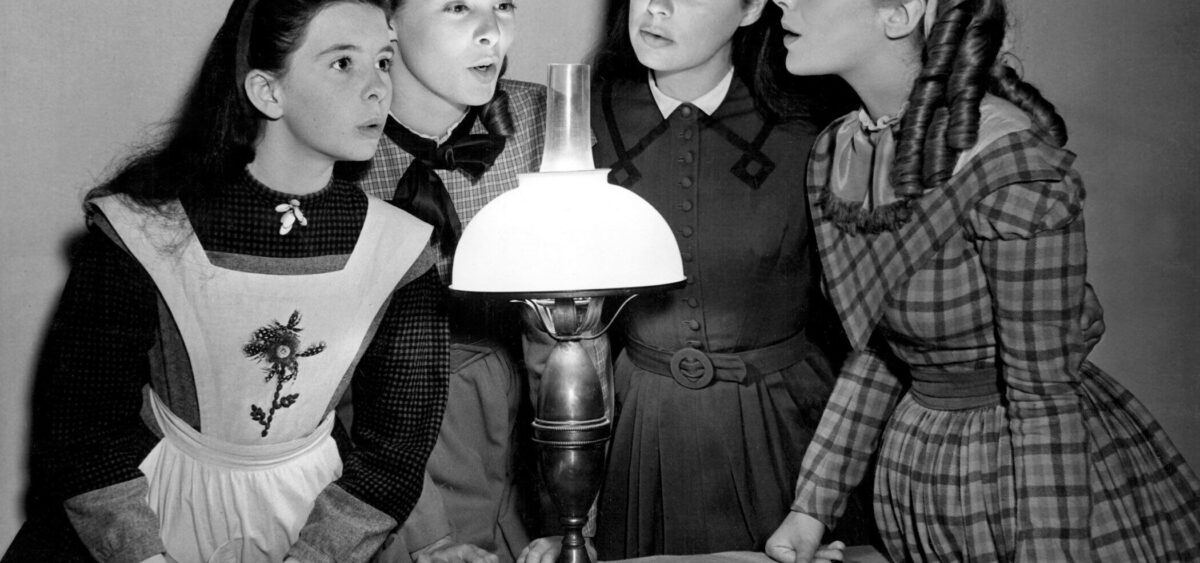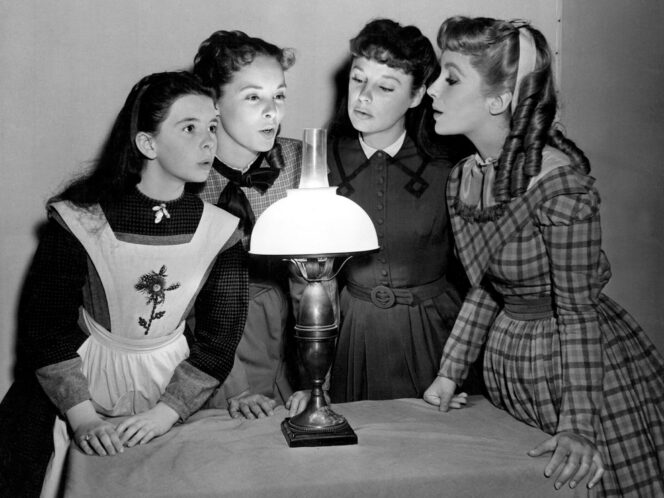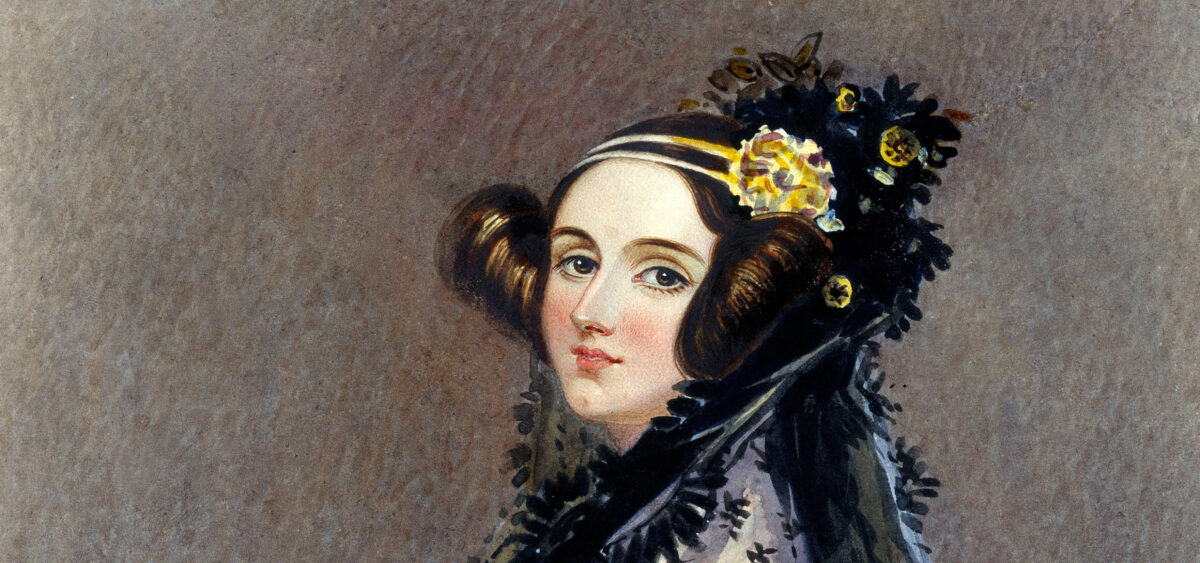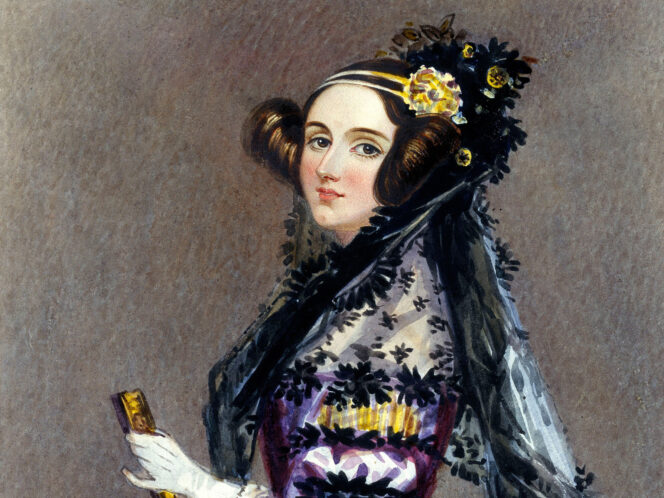
What is childhood for a teenager and what is womanhood for a nine-year-old girl? Between one and the other side of growing up, there stretches a time of experiences that are difficult to reconcile. Rebellion against the world and a great need of tenderness go hand in hand here.
When growing up, girls become beings from another reality overnight, the inhabitants of a distant planet. They start talking differently, moving and laughing differently. To the world looking at them, they remain mysterious beings, especially for boys, who mature later. I imagine that they perceive the girls as beautiful and at the same time strange beings, covered with some thick dust that no one can comprehend. “We knew that the girls were our twins, that we all existed in space like animals with identical skins, and that they knew everything about us though we couldn’t fathom them at all,” says one of the protagonists of Jeffrey Eugenides’s book The Virgin Suicides (1993). This is a boy from the neighbourhood who, along with his friends, follows the lives of the five mysterious Lisbon sisters every day.
The girls in the novel – counting in sequence from the oldest to the youngest: Cecilia, Lux, Bonnie, Mary and Therese – are between 13 and 17 years old. One day, they show up with their parents in a quiet neighbourhood of Detroit. They occupy a house among beautiful, sprawling elms, which they will later defend against the politics of the city, which








